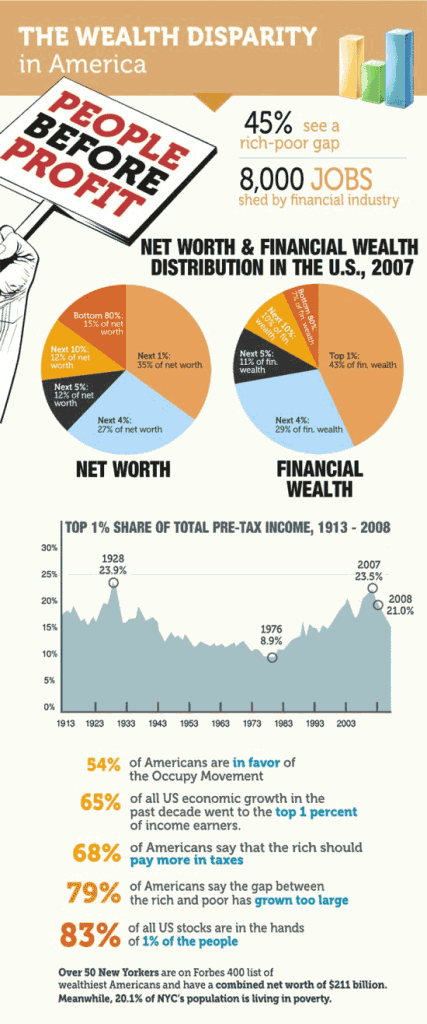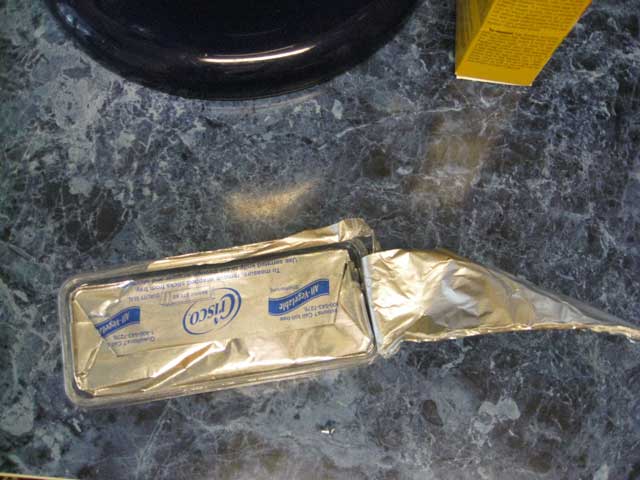
So, that job I hate? Yeah…according to figures from the Census Bureau for 2010, and according to this handy calculator based on those figures, it puts me in the top 6% of earners in the United States.
How is that even possible? Given the imbalance in weath distribution in this country and given the fact that my skills are of no real, practical value (seriously, in a survival economy knowing how plumbing works rates a lot higher than understanding website Information Architecture), what does that say in my little microcosm about how things are for most people in the U.S. ?
These figures stun and scare me and I don’t know what do to about them. Impoverishing myself won’t help the masses, and it’s become abudantly clear after nearly 7 months in the Fed that change from the inside is not possible.
Something’s got to give, though. I just don’t know what.









